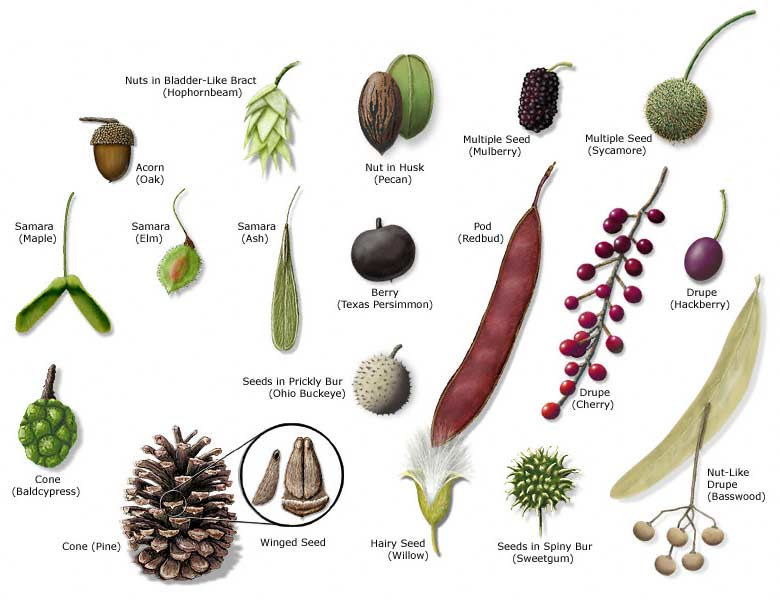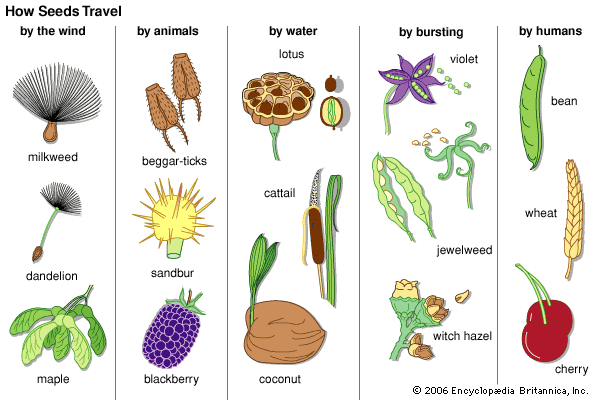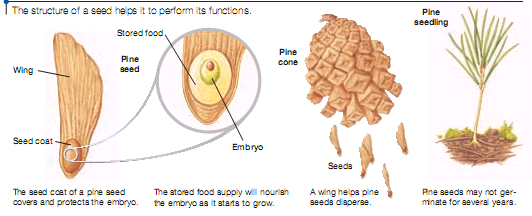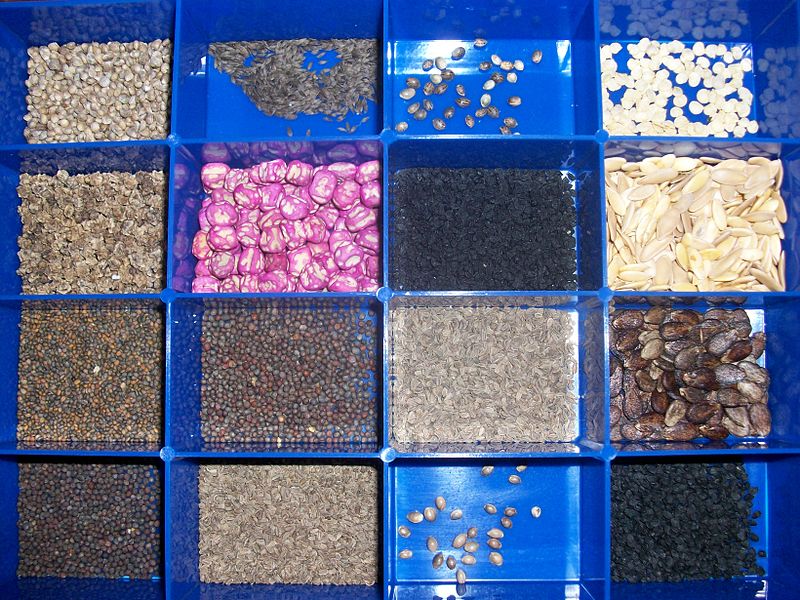- Учителю
- Конспект урока по билингвальной биологии на тему Плод
Конспект урока по билингвальной биологии на тему Плод
</<font size="4">What is a seed? A plant part produced by sexual reproduction. It is the product of plant fertilization (process of enabling reproduction for zygote formation) Where do seeds come from? Seeds come from adult plants to make new plants. They are made inside the flowers ,vegetables and fruit of plants. What can you do with seeds? You can EAT seeds. You can COLLECT seeds. You can STUDY seeds. You can MAKE THINGS with seeds. You can PLANT seeds! Why do plant need to produce seeds? to ensure the continuity of their kind What do seeds need to GROW? Air water sunshine minerals (soil is needed or not)
Seed structure: A typical seed includes three basic parts: 1) an embryo 2) endosperma 3) a seed coat(testa) The embryo is an immature plant.(plants earliest stage of development) a new plant will grow under proper conditions from embryo. The embryo has seed leaf or cotyledon . The embryo has one or two seed leaf. One cotyledon or seed leaf in monocotyledons, two cotyledons in almost all dicotyledons and two leaf. Endosperma : it is tissue surrounding the embryo that a supply of nutrients for the embryo(provides nourishment for it) It stores nutrients including oil or starch and protein. Seed coat: A protective covering structure of a seed. The shell keeps the tiny plant safe. Seeds can be in many different shapes and sizes. Different plants produce different volumes of seed depending on their climatic and geographical circumstances

Seed Dispersal: People plant some seeds, but most plants don't rely on people. Plants rely on animals and wind and water to help scatter their seeds.
Animal dispersal : Animals disperse seeds in several ways. First, some plants, like the burr at left, have barbs or other structures that get tangled in animal fur or feathers, and are then carried to new sites. Other plants produce their seeds inside fleshy fruits that then get eaten be an animal. The fruit is digested by the animal, but the seeds pass through the digestive tract, and are dropped in other locations. Some animals bury seeds, like squirrels with acorns, to save for later, but may not return to get the seed. It can grow into a new plant. Wind dispersal: The kind of seeds which are often wind dispersed are smaller seeds that have wings or other hair-like or feather-like structures. Plants that produce wind blown seeds, like the dandelion, often produce lots of seeds to ensure that some of the seeds are blown to areas where the seeds can germinate. Floating in water: Many aquatic plants and plants that live near water have seeds that can float, and are carried by water. Plants living along streams and rivers have seeds that float downstream, and therefore become germinate at new sites. The size of the seed is not a factor in determining whether or not a seed can float. Some very large seeds, like coconuts, can float. Some small seeds also float. And some plants disperse their seeds in other ways... Some plants have unique ways to disperse their seeds. Several kinds of plants "shoot" seeds out of pods,
www2.bgfl.org/bgfl2/custom/resources_ftp/client_ftp/ks2/science/plants_pt2/dispersal.htm

Question to the students: Explain the economical importance of seeds?
While some seeds are edible(can be eatable) , others are harmful, poisonous or deadly. Some compounds are toxic or break down into toxic compounds within the digestive system. Children, being smaller than adults, are more susceptible to poisoning by seeds.An infamously deadly poison, ricin, is a protein that comes from seeds of the castor bean.( Ricin may cause allergic reactions, and is toxic)( The seeds of many legumes, including the common bean (Phaseolus vulgaris), contain proteins called lectins which can cause gastric distress if the beans are eaten without cooking. The common bean and many others, including the soybean, also contain trypsin inhibitors which interfere with the action of the digestive enzyme trypsin. Normal cooking processes degrade lectins and trypsin inhibitors to harmless forms) In addition, seeds containing amygdalin-apple, apricot, bitter almond, peach, plum, cherry, quince, and others- when consumed in sufficient amounts, may cause Cyanide poisoning.Other seeds that contain poisons include annona, cotton, custard apple, datura, uncooked durian, golden chain, horse-chestnut, larkspur, locoweed, lychee, nectarine, rambutan, rosary pea, sour sop, sugar apple, wisteria, and strychnine
Other uses; Flax seed oil (in bottles) and coconut oil (in jars in the middle).The world's most important clothing fiber grows attached to cotton seed. Other seed fibers are from kapok and milkweed. Many important nonfood oils are extracted from seeds. Linseed oil is used in paints. Oil from jojoba and crambe are similar to whale oil.Seeds are the source of some medicines including castor oil, tea tree oil and the discredited cancer drug, Laetrile.Many seeds have been used as beads in necklaces and rosaries including Job's tears, Chinaberry, rosary pea, and castor bean. However, the latter three are also poisonous. Other seed uses include: Seeds once used as weights for balances. Seeds used as toys by children, such as for the game conker. Resin from Clusia rosea seeds used to caulk boats. Nematicide from milkweed seeds. Cottonseed meal used as animal feed and fertilizer.


